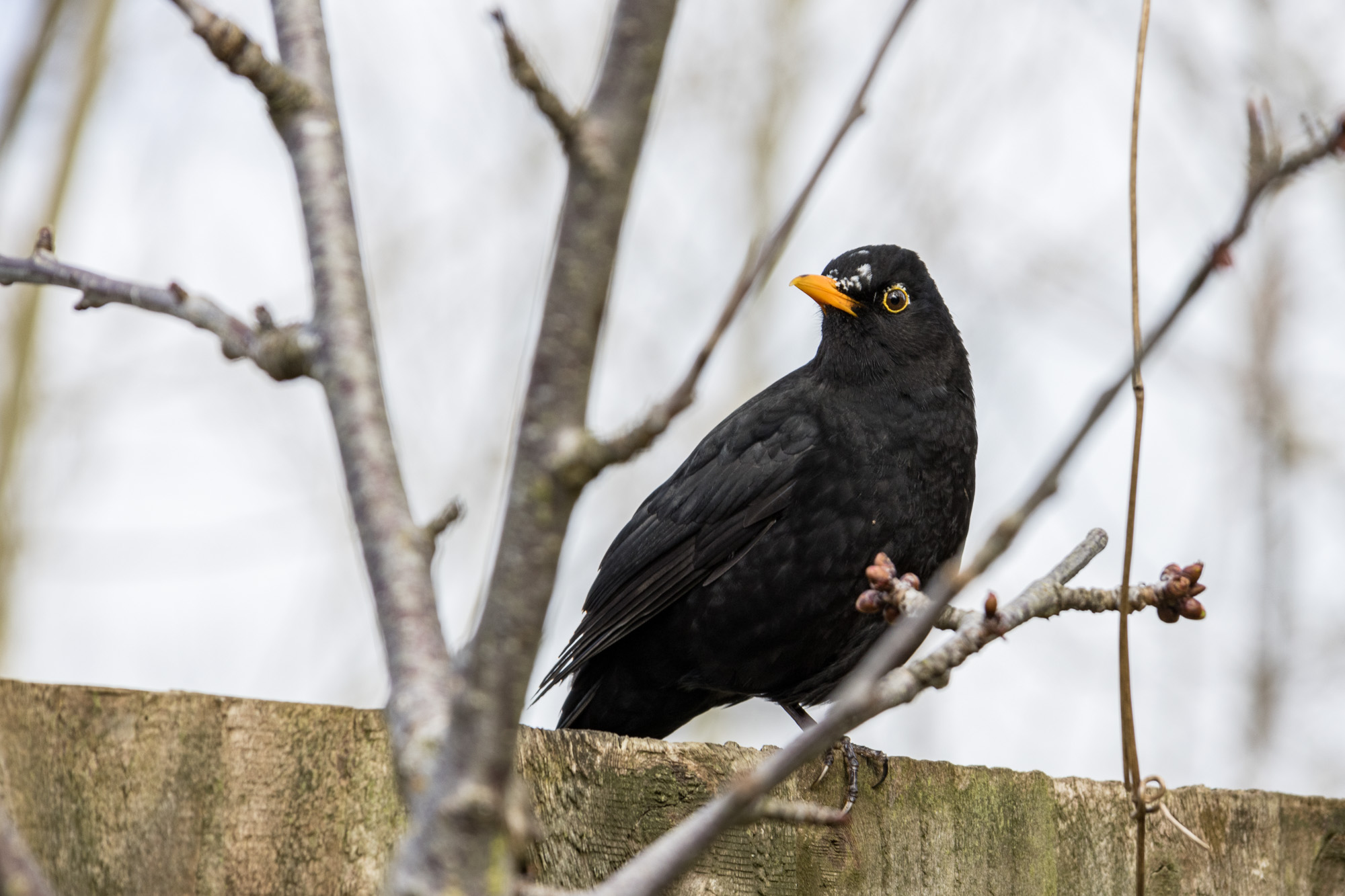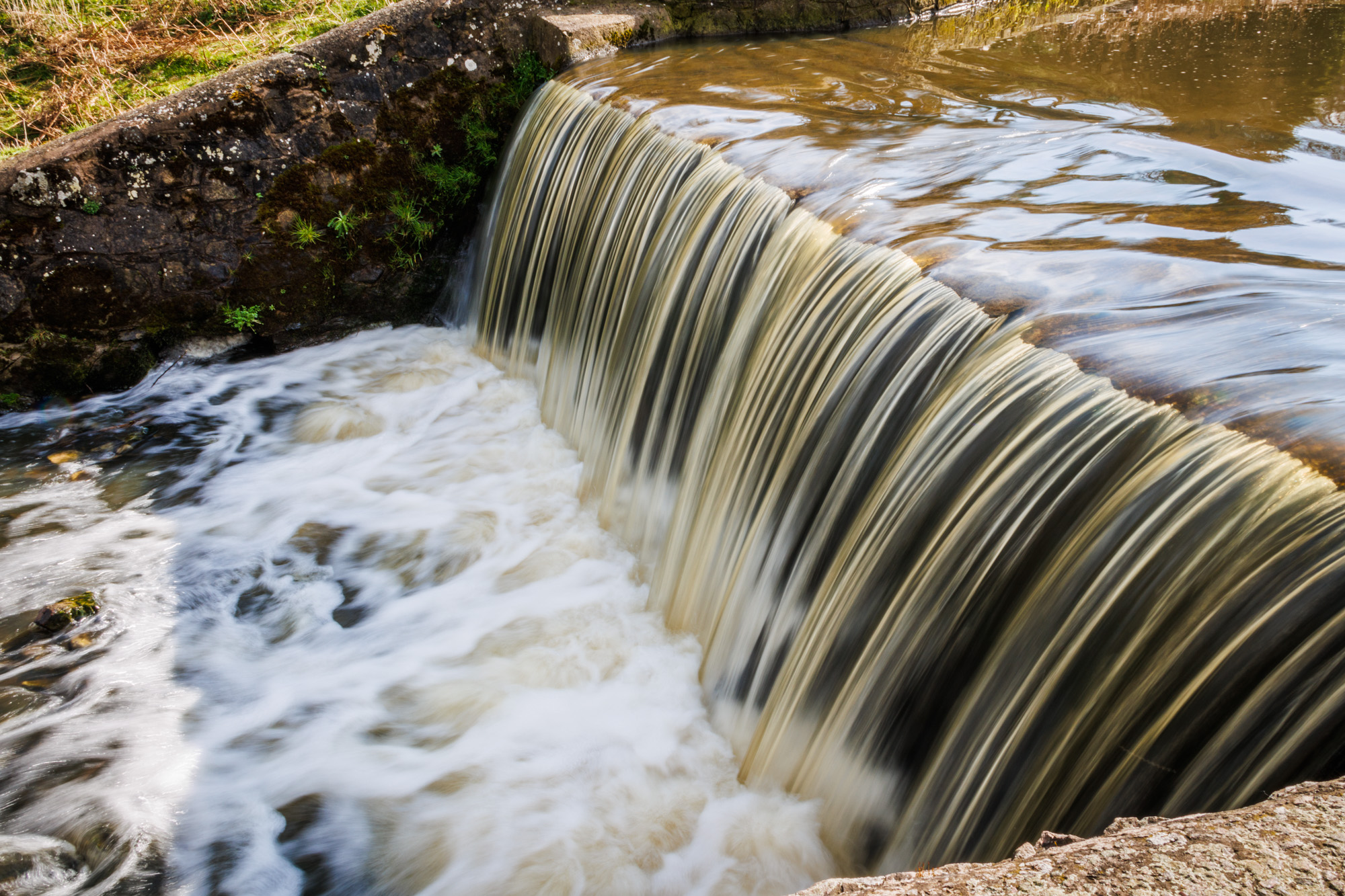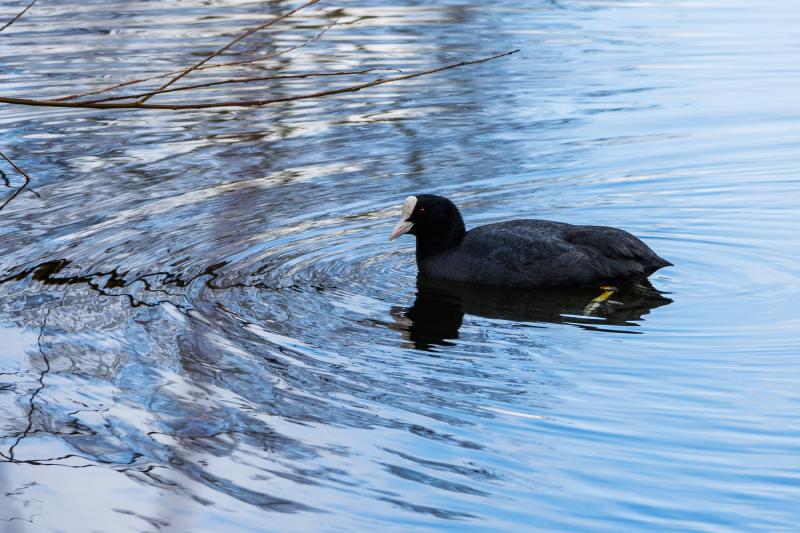I’ve always enjoyed photography. I’ve had a Nikon D7000 for nearly 12 years and apparently I’ve taken some 80,000 shots with it. But over the past few years I’ve been taking less and less photos and finding I wasn’t enjoying it as much. I’d rarely take the camera out with me and even when I did I found I was throwing away most of the photos I took. I finally decided it was time to try something new.
Cameras have come on some in 12 years and modern mirror-less cameras are more functional yet smaller and lighter than my D7000 so I figured I was more likely to actually take one out and about with me. My dad recently bought the Canon EOS R10 which I played with for a bit and was impressed with so I ended up buying the Canon EOS R7. I’m not going to talk about every aspect of the camera, there are plenty of reviews online for that, but here are the things that I’ve found particularly notable about it after using it for a month.
The Good
The autofocus performance of the R7 is incredible. I love ultra-sharp focus in the subject of most of my photos. If it’s a picture of someone and I can’t make out their individual eyelashes then I’ll often toss it. I don’t know if the focus on my Nikon was broken or in need of calibration or if I am just not as able to hold the camera steady as I used to but I was finding most of my photos were out of focus. So the R7’s AI based autofocus was one of its main selling points for me. It’s quick. Ridiculously quick in comparison to the D7000. It recognises people and animals near instantly and it’s really good at tracking the thing I care about as I move. Sometimes it identifies the wrong thing automatically but far more of my shots are coming out in perfect focus. It’s super easy to tell it what to focus on with the touch screen.

The viewfinder is surprisingly good. I dislike shooting from a screen and I had tried an early mirror-less camera with an electronic viewfinder many years ago and the latency was so bad as to make it unusable. On the R7 it’s really good. Not perfect but good enough that you forget that you’re looking at a tiny screen. But of course the tiny screen means the display is much more functional that than of a optical viewfinder.
One of my reasons for going with the R7 over the R10 was the in-body stabilisation. Partly to help with potential focusing issues but I also like taking longer exposure shots to reveal some of the order behind the chaos of things like waterfalls. I wasn’t quite sure how good the IBIS was going to be, they throw around claims like 7 stops of improvement, but honestly I am pretty amazed by it. The photo below was taken handheld with a 1/10 shutter speed, something that I would have considered basically impossible on my previous camera.

The Nikon D7000 had customisable buttons. Two of them. On the R7 you can customise almost every button on the camera. There were always a number of buttons on the D7000 that I’m sure are important to some but I basically never used. With the R7 I can set it up how I like. This does have it’s problems, half of the buttons are labelled so it could get confusing but the other half just have odd symbols on them which frankly mean nothing to me anyway!
The Bad
Probably the most annoying feature of the R7 is the eye-cup. My D7000’s was thick and squidgy and comfortable to press against for long periods of time. The R7’s on the other hand is thin and feels much stiffer. It doesn’t take too much use before my eye gets sore using it. There are third party eye-cups which look a lot better but replacing it involves unscrewing the old one which Canon say would void the camera’s warranty. It’s a bit disappointing that the camera is let down by such a cheap part.
I said that the customisable buttons were a good feature of the R7. They do have a minor annoyance though when combined with the custom shooting modes. When you save the settings for a shooting mode it includes the button customisations. Periodically as I’ve been setting up the camera I’ve found I wanted to change a button to do something different and then I have to go through all the custom modes and change the buttons for them too. I guess I can see the benefit of different button setups for different modes but I think for me it would just get confusing. Probably this annoyance will go away once I’m done tinkering with the setup.
Rather than a simple power switch the R7 instead has a rotating mode selector, “off”, “on” or “video”. It makes sense since you can customise the buttons and other features of the camera quite differently in video mode compared to photo. But it means that when turning on you have to be careful not to accidentally rotate it too far and go into video mode. And when the camera is on it’s easy to switch it to video mode thinking that you’re turning it off. A pretty minor annoyance and one I will probably get used to as I use the camera more.
This is really more of a “why wouldn’t they do this?” than a complaint. The camera has three custom programmable shooting modes. Every-time you change mode the screen displays your new mode, C1, C2 or C3. Why Canon didn’t think to let me give each mode a short label so I could remember which each is for is beyond me.
The Summary
I’m only a month in to owning the camera and so far don’t have a lot of bad things to say about it. Maybe that will change, maybe it won’t. What I can say is that the numbers don’t lie. Over the whole of 2022 I took around 160 photos that I kept from my old camera. Over the last month I’ve kept nearly 60 from the R7. It’s clearly got me out shooting and keeping more photos again so it’s been worth it just from that perspective.

